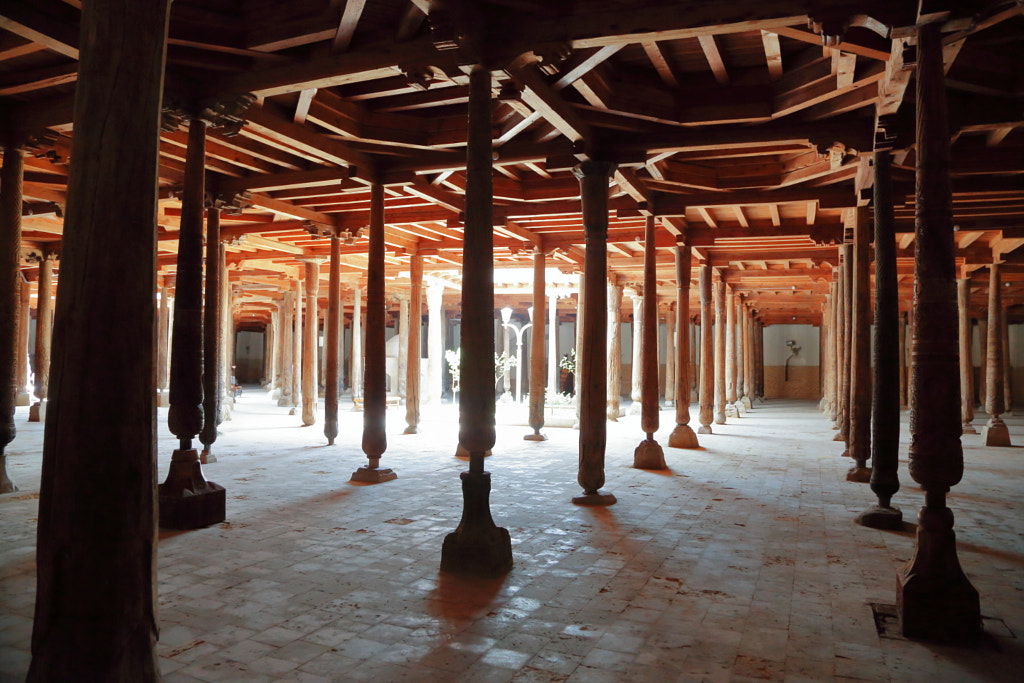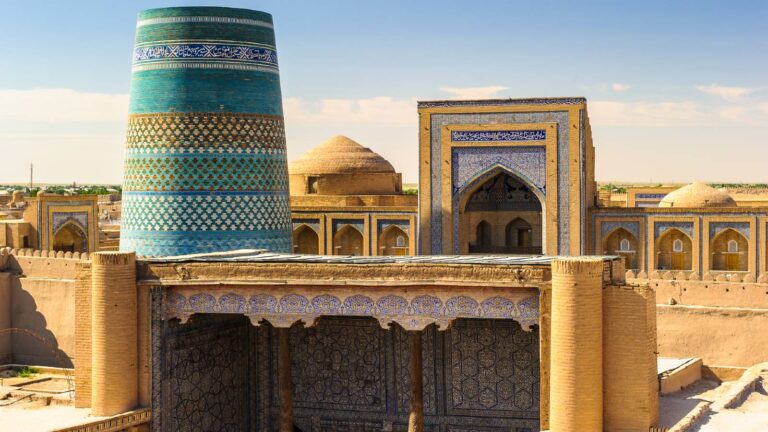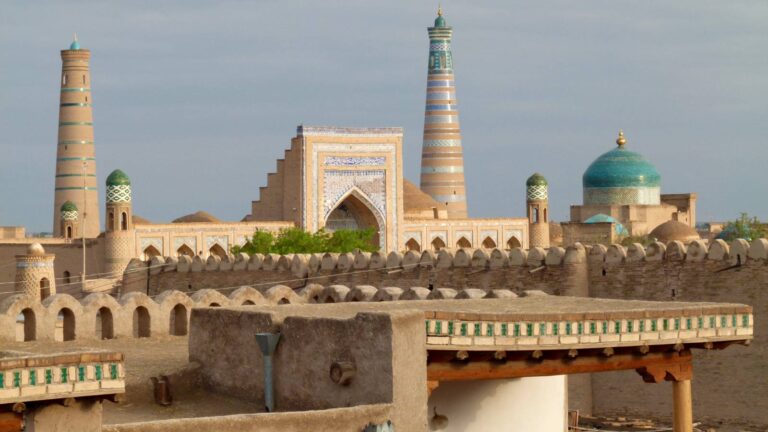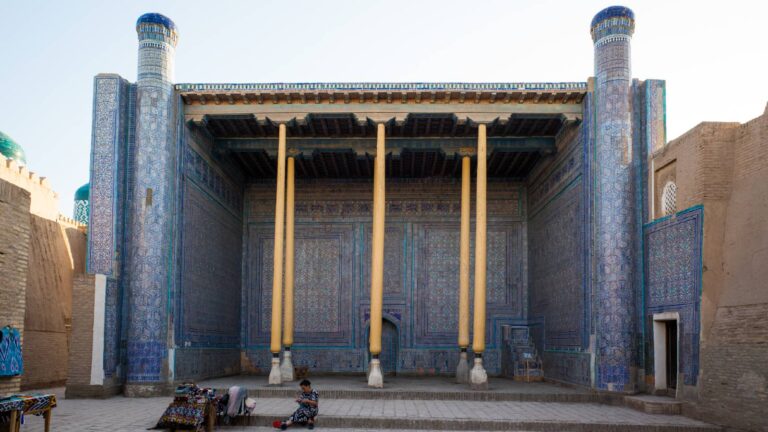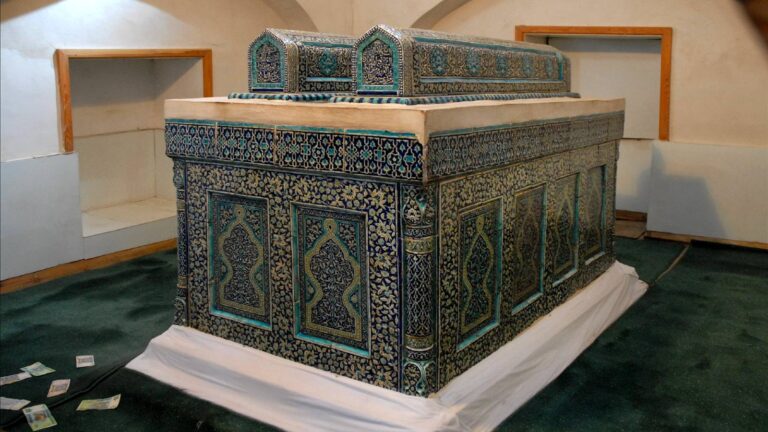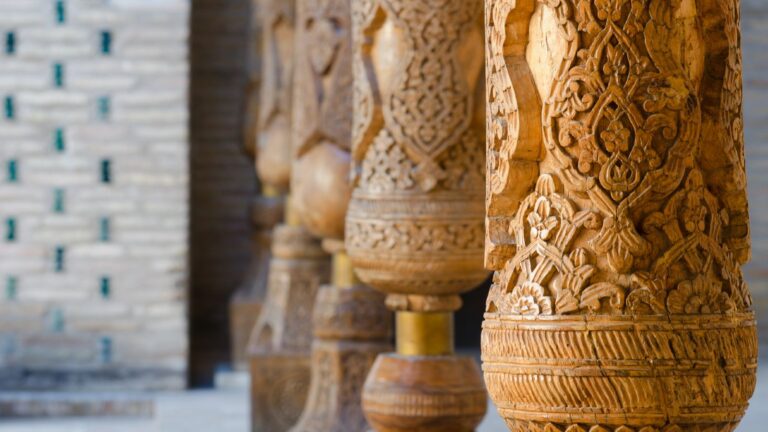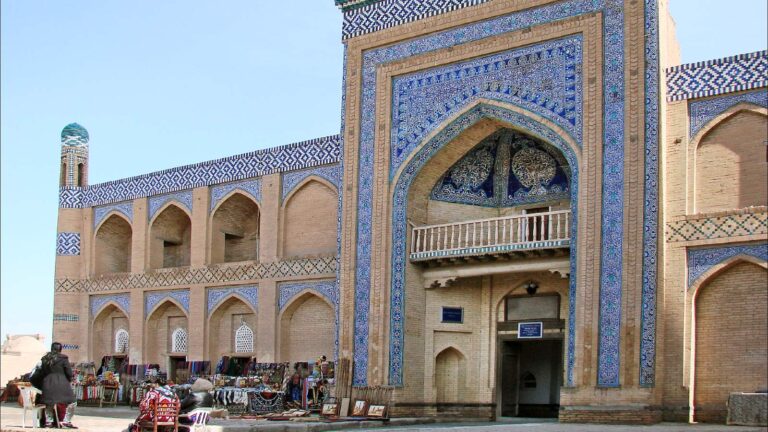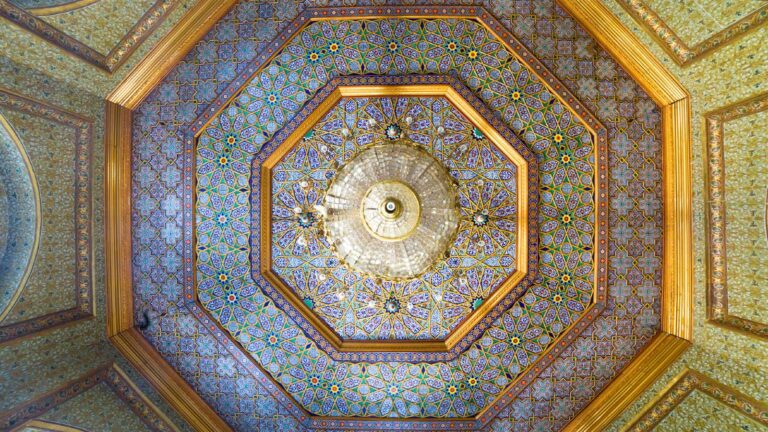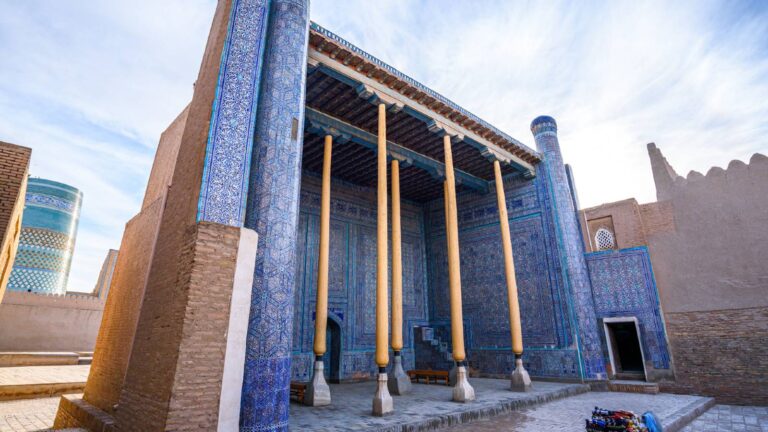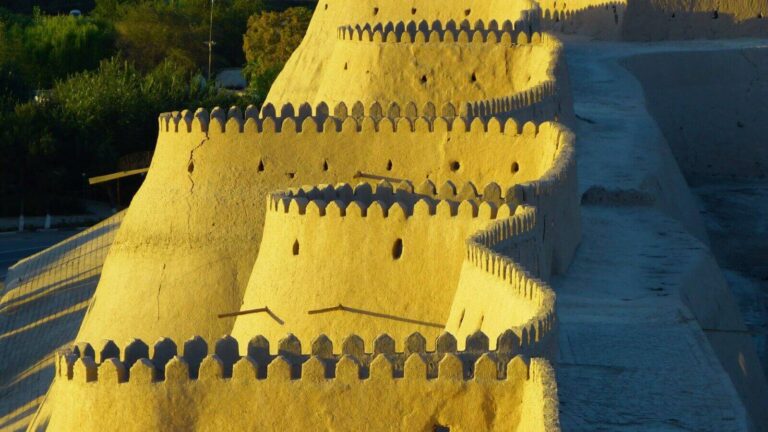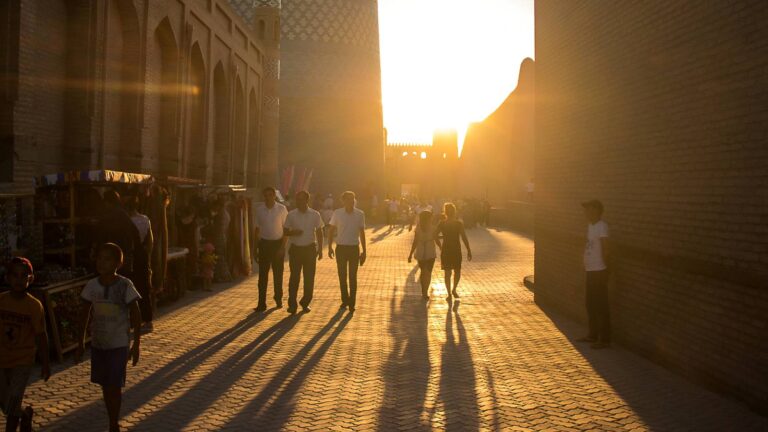Getting There
All types of transport are available to get to Khiva, Ichan-Kala. The International Airport is located in Urgench. From Urgench to Khiva 30 km. There are buses, trolleybus, minibuses and taxis.
with the Train you can get directly to Khiva, as there is a railway station in Khiva.
What to Expect
The most unusual thing in the Juma mosque is the prayer room itself. Its roof rests on columns, the total number of which exceeds two hundred. The columns have different heights ranging from 4 to 5 meters.
This room is a museum that tells about the Khiva woodcarving style at different times. Several columns date from the 10th century. and are of great interest. A couple of dozen columns date from the XI-XIV centuries, judging by the style of the ornament. The columns, dating back to the 16th century, are made in flat relief in clear imitation of the ancient masters. All columns are very harmoniously combined with each other, despite the fact that each of them has its own story. So, some of the columns were simply inherited, others were moved here from ancient buildings, and several columns became part of the military booty. However, they are united by the fact that they are all delightful in their rich ornamentation and unusual carvings, and the base of each of the columns is presented in the form of a jug and plants blooming from it.
History
The mosque was rebuilt at a later time with money donated by Khan Abdurahman Mehtar, who was in power at that time. Juma Mosque is unique in structure; it does not have portals, domes, galleries and courtyard. The mosque is accessed from three sides. The ceiling of the large hall is supported by 213 wooden columns. These columns were created in the XI-XV centuries and brought here from other ancient buildings. Columns captivate with their amazing ornamental carvings.
There are small openings in the ceiling for light and ventilation. The southern wall has stalactite niches, and on the right there is a marble plaque indicating the estates and estates. Of particular interest are the hand-carved doors and columns.

